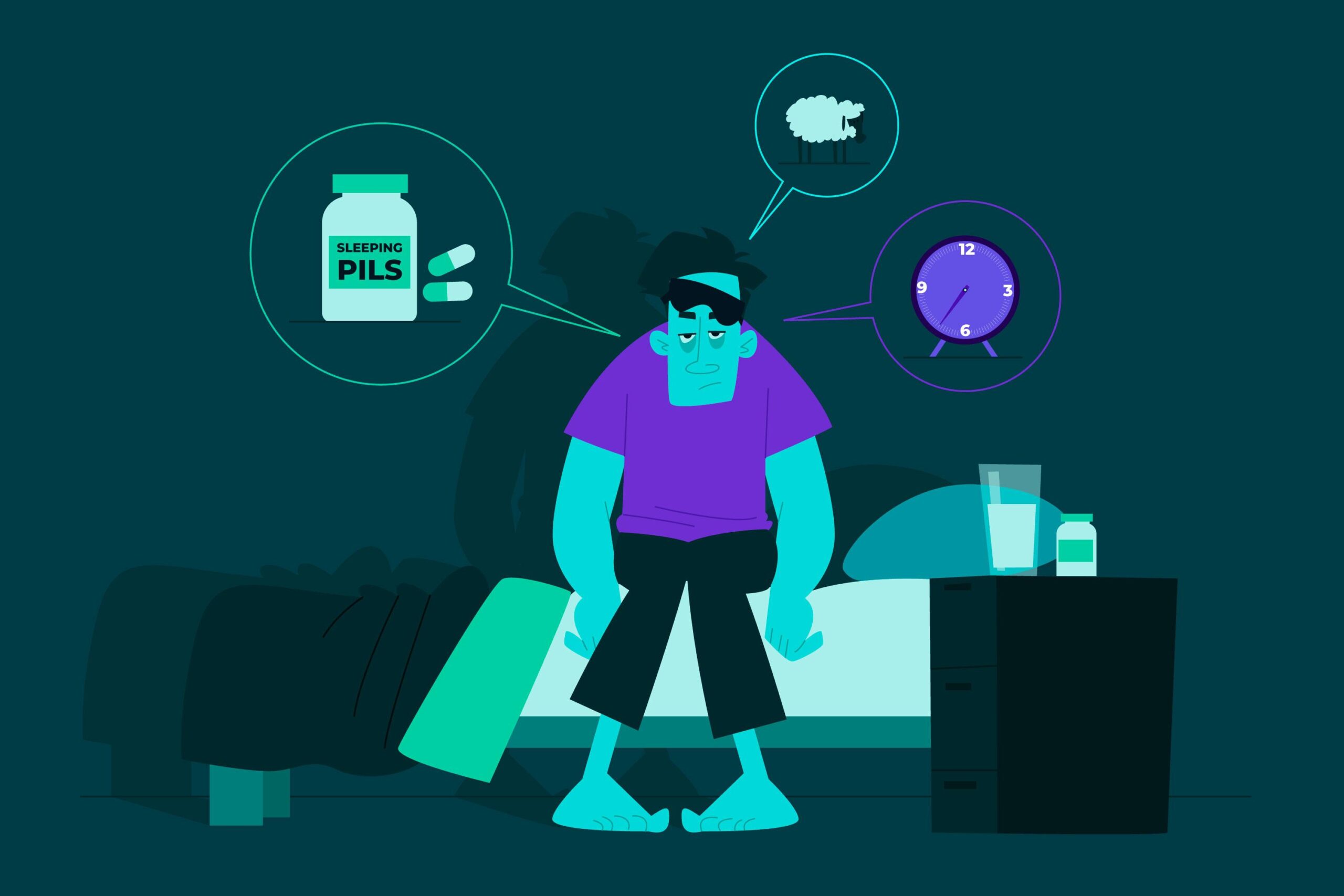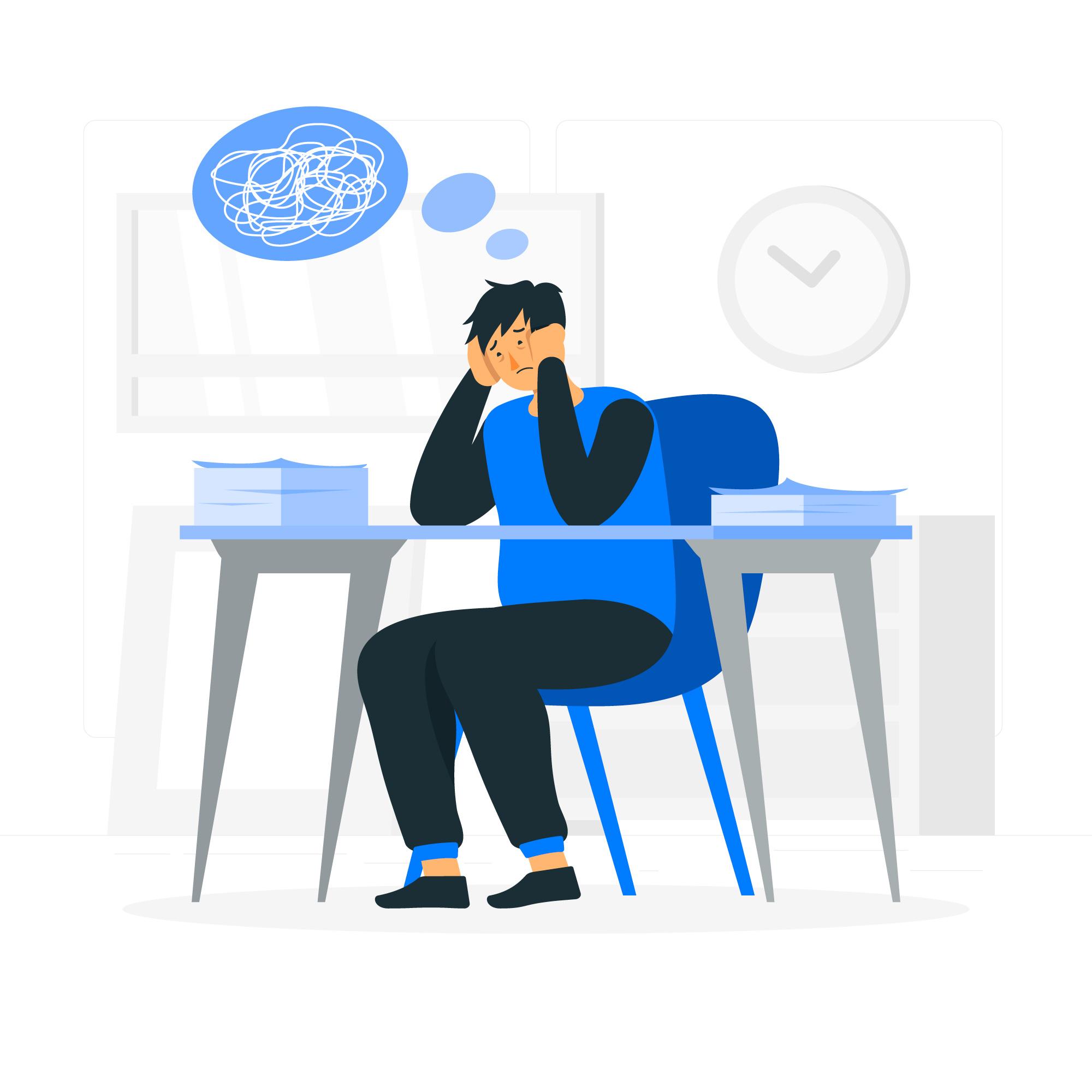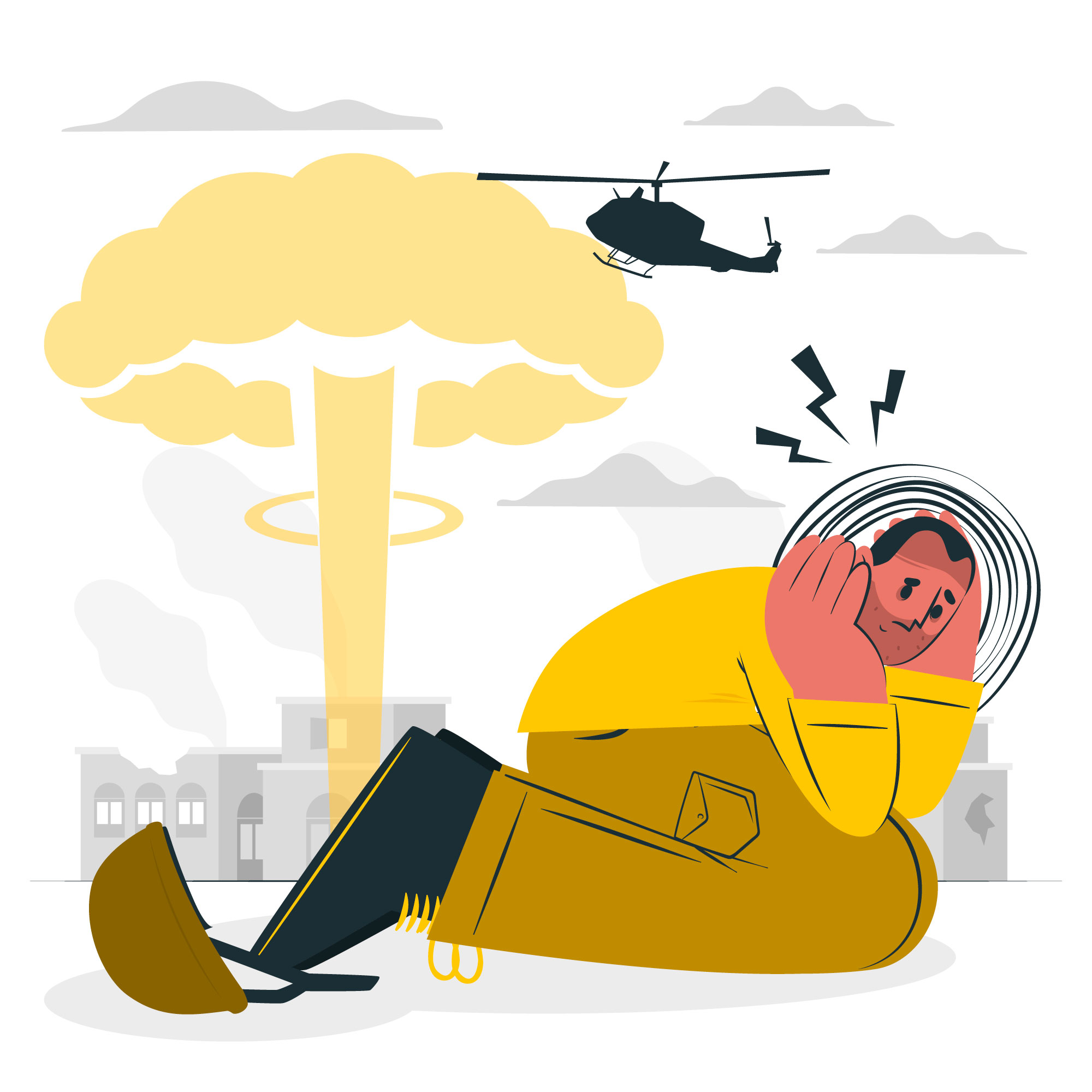Negative Body Image and Self-Esteem
Overview
Negative body image and self-esteem issues are significant psychological concerns affecting individuals’ mental health and quality of life. In India, cultural, societal, and media influences play pivotal roles in shaping perceptions of body image, often leading to dissatisfaction and lowered self-esteem. Understanding these factors within the Indian context is essential for developing effective interventions.
Key Facts
- Prevalence: Studies indicate that body image dissatisfaction is prevalent among Indian youth. Research involving 220 participants revealed a significant negative correlation between body image dissatisfaction and self-esteem, with 11% variance, highlighting the impact of body image on self-worth.
- Gender Differences: Approximately one-third (34.44%) of young Indian men report moderate to marked dissatisfaction with their body shape, underscoring that body image concerns are not exclusive to women.
- Media Influence: Exposure to Western media has been linked to increased body dissatisfaction and reduced self-esteem among young urban Indian women, suggesting that media portrayal significantly impacts body image perceptions.
Symptoms and Patterns
Individuals experiencing negative body image and self-esteem issues may exhibit:
- Preoccupation with Appearance: Constant concern about physical features, often focusing on perceived flaws.
- Comparative Behaviour: Regularly comparing one’s appearance to others, leading to feelings of inadequacy.
- Avoidance: Shunning social situations or activities due to discomfort with one’s body.
- Emotional Distress: Experiencing anxiety, depression, or low self-worth related to body perceptions.
Risk and Protective Factors
Risk Factors:
- Cultural Norms: Traditional beauty standards in India, often emphasizing specific body types, can contribute to dissatisfaction.
- Media Exposure: Consumption of media depicting idealized body images can exacerbate negative self-perception.
- Peer Pressure: Social circles that prioritize appearance may influence individual body image negatively.
Protective Factors:
- Positive Social Support: Encouragement from family and friends can bolster self-esteem and promote a healthy body image.
- Media Literacy: Understanding the constructed nature of media images can reduce their impact on self-perception.
- Cultural Appreciation: Embracing diverse body types and cultural definitions of beauty can foster positive body image.
Treatment and Care
Addressing negative body image and self-esteem issues involves:
- Psychotherapy: Cognitive-behavioural therapy (CBT) has been effective in modifying distorted beliefs about body image and enhancing self-esteem.
- Counselling Sessions: Interventions, including counselling, videos, and documentaries, have shown positive impacts on body image perception among adolescents.
- Arts-Based Therapy (ABT): ABT has been utilized to improve body image and self-esteem, particularly among mothers of special needs children, indicating its potential applicability in broader contexts.
Psychological and Psychosocial Interventions
- School-Based Programs: Implementing body image interventions in schools has demonstrated efficacy in improving adolescents’ body image and self-esteem.
- Community Workshops: Engaging communities in discussions about body image can challenge societal norms and promote acceptance.
- Media Literacy Education: Teaching individuals to critically evaluate media messages can mitigate the impact of unrealistic portrayals on self-esteem.
Conclusion
Negative body image and self-esteem issues are pressing concerns in India, influenced by a confluence of cultural, societal, and media factors. Comprehensive approaches that include psychological interventions, community engagement, and media literacy are essential to address these challenges effectively. Fostering an environment that celebrates diverse body types and promotes self-acceptance can significantly enhance the mental well-being of individuals across the nation.











